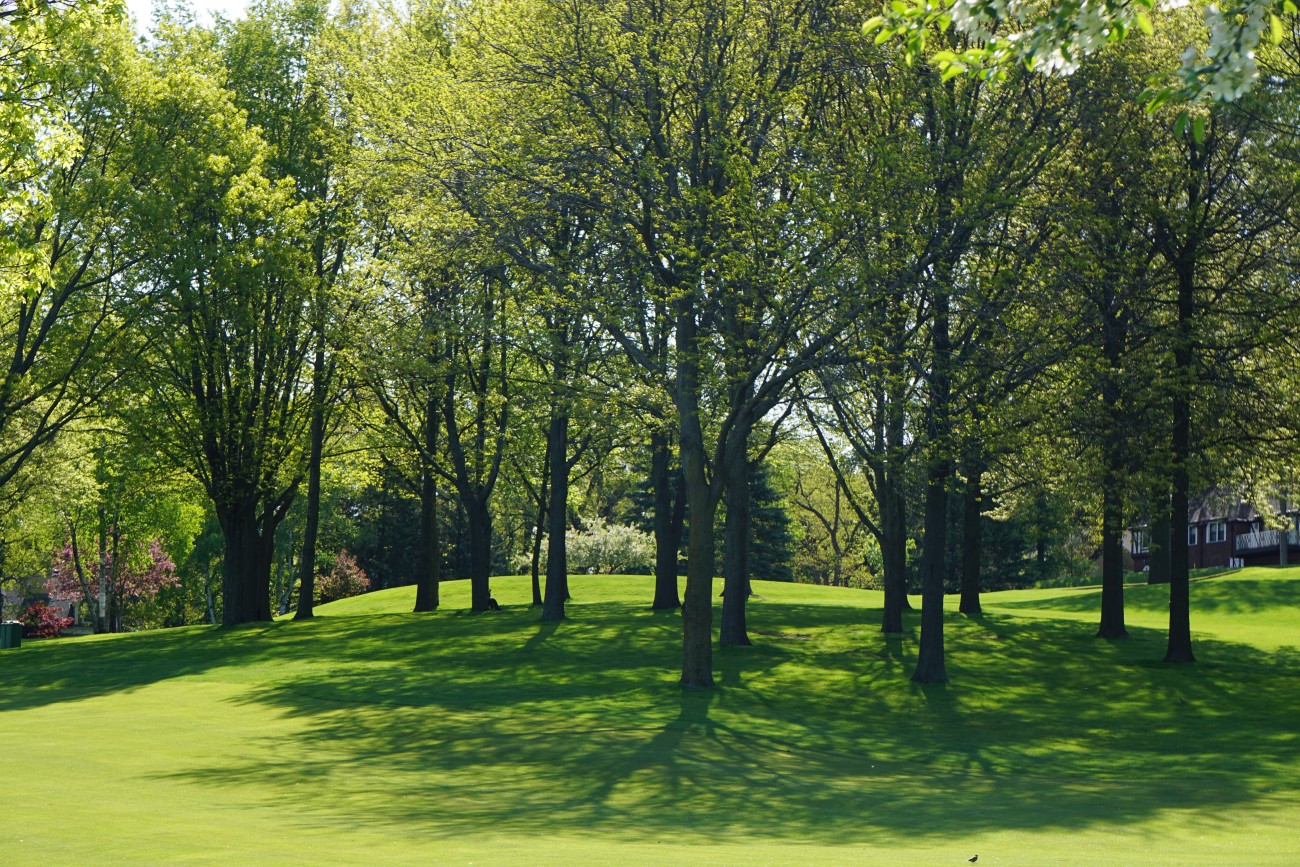
Literally Building Green
Architects and designers can play a huge role in helping to improve health and wellness by bringing nature into buildings and surrounding environments. A landmark study by Danish researchers found that children who grow up surrounded by more green space have up to a 55 percent lower risk of developing mental disorders later in life.
Researchers at Aarhus University in Denmark used satellite data to go back over 20 years to approximate proximity to green space when study participants were 10 years old or younger. That data was then linked with the Danish Psychiatric Central Research Register, which documents psychiatric facilities admissions.
The results showed that the more a person was exposed to green space before the age of 10, the less likely they were to develop mental health issues, such as mood and stress-related disorders, later in life. The finding holds true even when controlling for external factors such as socioeconomic status, family history, urbanization, and parents‘ age.
The paper is not the first to show the benefits nature has on human health and well-being. Access to nature while indoors makes people happier and more productive. Elements such as green walls, indoor plants, and even views of nature outdoors are shown to increase worker productivity by 6 percent, and 40 percent of American workers agree that live greenery inside made them feel more relaxed. A study in Michigan found that views of trees from cafeteria and classroom windows were positively associated with higher standardized test scores, graduation rates, and college attendance.
Green space also is linked to better physical health, with one study finding that the likelihood of obesity was around 40 percent lower for those living in residential areas with lots of access to nature.
The benefits to integrating green spaces into architectural designs is clear. We need to literally start building green.